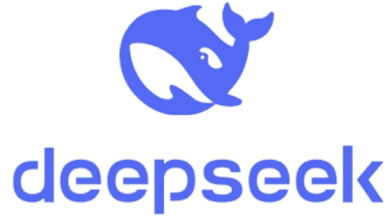Navigating the Financial Pitfalls of Martech Overload: Strategies for Success

Marketing stacks can tell a story of ambition, necessity, and FOMO. With over 14,000 martech solutions competing for attention, the modern marketing leader is faced with a dizzying array of options. The growth of martech solutions has been explosive, with a 9,304% increase since 2011. However, buying tools without a clear understanding of their purpose can lead to challenges.
Smart CMOs approach martech like surgery, focusing on solving specific problems rather than building a tech stack. This methodical approach can yield significant results, as seen with a retail CMO who successfully addressed product page bounce rates with an AI-driven recommendation engine.
On the other hand, some marketers adopt a solution-seeking approach, exploring possibilities rather than focusing on specific problems. While this approach can lead to transformative innovations, it also carries risks, such as investing in tools without a clear strategy.
The problem-driven buyer: Martech as a solution
CMOs who approach martech as a solution to specific problems can see success by carefully defining issues, selecting targeted solutions, and measuring ROI. However, this approach may limit the ability to address emerging challenges that are not yet apparent.
The solution-seeker buyer: Martech as exploration
Marketers who adopt a solution-seeking approach bet on potential innovations, sometimes leading to transformative results. However, this approach can also result in unused tools, implementation challenges, and unrealized value.
Why the lines blur: The martech ecosystem’s role
The martech ecosystem plays a significant role in shaping buying behavior, with vendors creating urgency around challenges and redefining what constitutes a problem. The interconnected nature of martech tools can lead to unexpected possibilities and challenges.
The consequences of solution-seeking behavior
Buying tools without a clear understanding of problems can lead to expensive platforms gathering dust, integration challenges, and organizational resistance to change. It is essential to address these consequences to drive successful martech adoption.
Leading cultural transformation
Overcoming resistance to martech adoption requires rebuilding trust, creating quick wins, and fostering cross-functional collaboration. Investing in both people and technology, and modeling desired behaviors can drive cultural transformation within organizations.
A framework for continuous evolution
Success in martech requires systematic evaluation, tracking tool usage, integration health, and business impact. Establishing clear review triggers and making data-driven decisions can help optimize martech stacks for efficiency and effectiveness.
Transformation starts with ownership
Building a martech stack is about building organizational evolution capability, empowering people, and leveraging tools wisely. Success lies in implementing reliable solutions while exploring innovations thoughtfully and effectively using systems.
FAQs
1. How can marketers approach martech as a solution to specific problems?
Marketers should start by clearly defining the problem, mapping it out, and then selecting the right tool to solve it. It’s about fixing what’s broken methodically rather than building a tech stack.
2. What are the risks of adopting a solution-seeking approach to martech?
While exploring possibilities can lead to transformative innovations, it can also result in unused tools, implementation challenges, and unrealized value due to a lack of clear strategy.
3. How does the martech ecosystem influence buying behavior?
Vendors in the martech ecosystem create urgency around challenges and redefine what constitutes a problem, shaping marketers’ perceptions and driving adoption of new tools.
4. What are the consequences of buying tools without a clear understanding of problems?
Consequences include expensive platforms gathering dust, integration challenges, and organizational resistance to change, leading to diminished capacity for transformation and growth.
5. How can organizations drive successful martech adoption and cultural transformation?
Organizations can overcome resistance by rebuilding trust, creating quick wins, fostering cross-functional collaboration, investing in people and technology, and modeling desired behaviors to drive cultural transformation.



